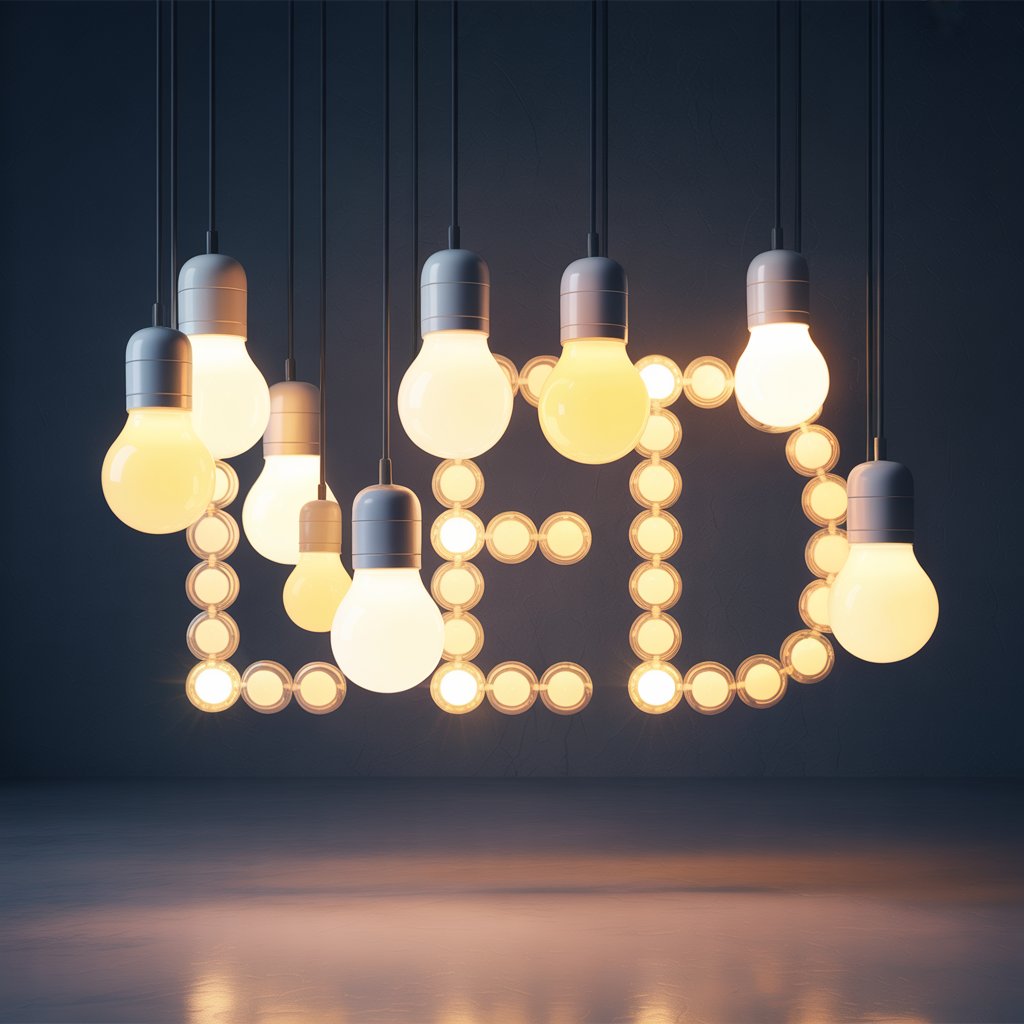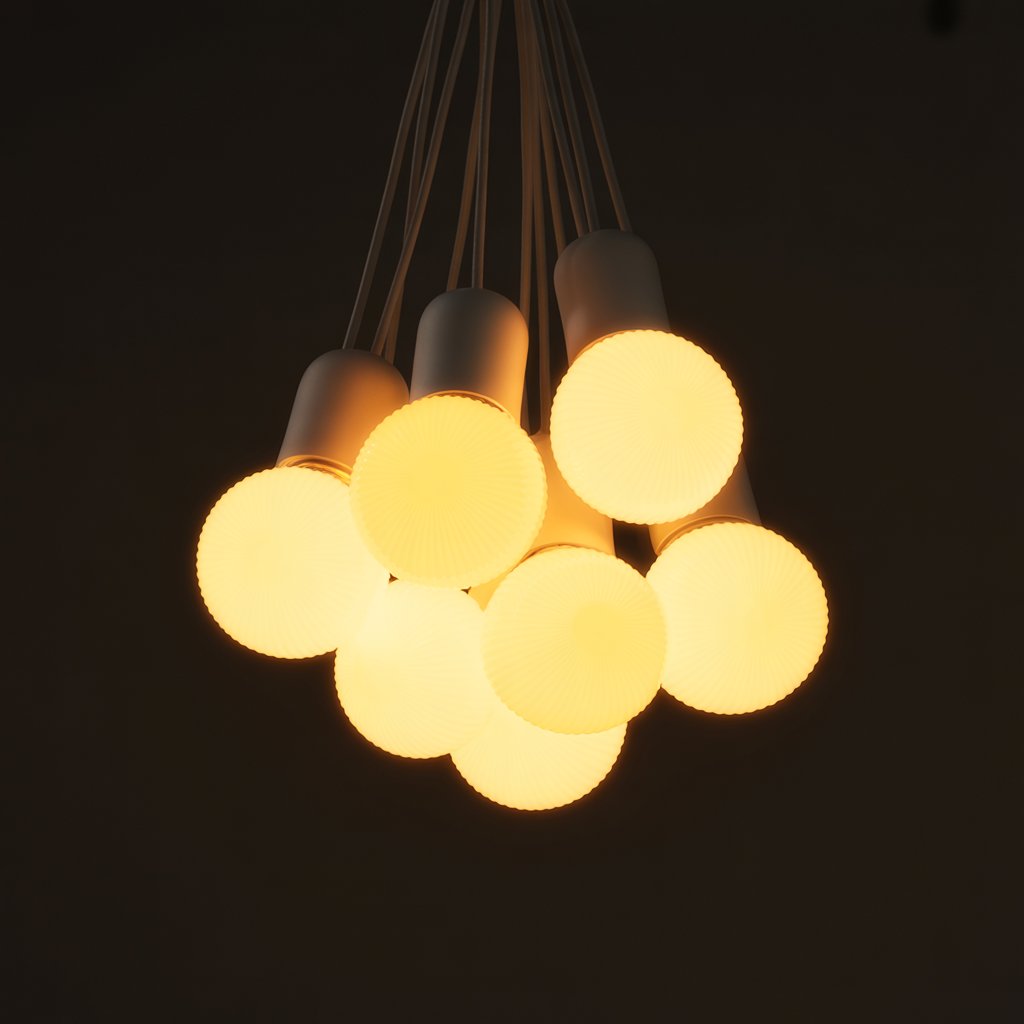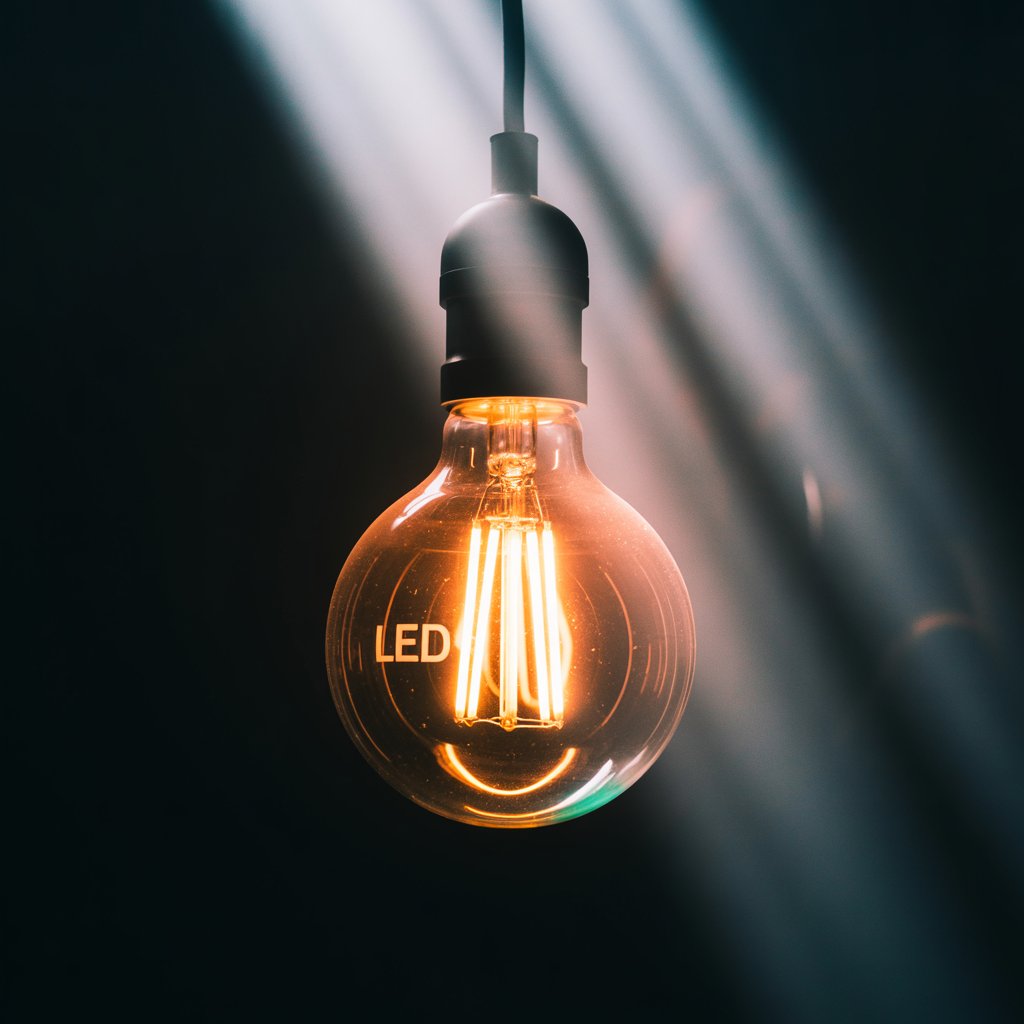How to Dispose of LED Light Bulbs? Simple & Effective Ways
LED light bulbs offer energy efficiency and long lifespans, but their disposal requires careful consideration. How to dispose of LED light bulbs? This comprehensive guide explains the correct methods, environmental impact, and answers common questions surrounding the responsible disposal of these energy-efficient lights. You’ll learn about recycling programs, hazardous materials, and how your actions contribute…
LED light bulbs offer energy efficiency and long lifespans, but their disposal requires careful consideration. How to dispose of LED light bulbs? This comprehensive guide explains the correct methods, environmental impact, and answers common questions surrounding the responsible disposal of these energy-efficient lights. You’ll learn about recycling programs, hazardous materials, and how your actions contribute to a greener future.
LED light bulbs, unlike incandescent bulbs, contain various components that necessitate special handling during disposal. These include a small circuit board, a heat sink, and the LED chips themselves. Some LEDs also contain mercury, a hazardous substance. This is often present in very small quantities, but its environmental effects remain significant when considering the millions of bulbs disposed of yearly.
How to dispose of LED light bulbs?
Take LED light bulbs to a local recycling center or hardware store that accepts them. Do not throw them in the trash, as they contain electronic components. Check with your municipality for e-waste programs or drop-off events to ensure safe and eco-friendly disposal.
Environmental Impact of Improper
Improper disposal of LED light bulbs can have detrimental consequences for the environment. Landfills are not designed to break down the components, particularly the electronics and potentially hazardous materials within the bulbs. This can lead to soil and water contamination, negatively impacting wildlife and ecosystems.
Read More: Why Do LED Lights Flicker? Reasons & Solutions
Identifying Hazardous Materials in LED Bulbs

Mercury Content and Its Dangers
While the amount of mercury in most LED bulbs is minimal, it’s still a significant pollutant. Mercury can bioaccumulate in the food chain, causing neurological damage to animals and humans. Proper disposal prevents this harmful substance from entering the environment.
Locating Local Recycling Programs for LED Light Bulbs
Municipal Recycling Centers and Their Services
Many municipalities offer dedicated recycling programs for LED light bulbs. Check your local government’s website or contact your waste management provider to find out where to drop off your used bulbs. Some retailers, such as home improvement stores, also have partnerships with recycling companies and may accept used bulbs for recycling.
Read More: Are Led Lights Bad for Your Eyes? A Scientific Answer For You
Home Depot and Lowe’s Recycling Programs
Convenience and Accessibility of Retailer Programs
Major retailers like Home Depot and Lowe’s often participate in LED bulb recycling initiatives. Their participation provides a convenient way for consumers to dispose of their used bulbs responsibly. Check their respective websites or contact your local store to confirm their recycling policies and drop-off locations.
Mail-Back Recycling Programs for LEDs

National Programs and Their Reach
Several companies offer mail-back recycling programs for LED bulbs. These programs are particularly useful for individuals in areas without local drop-off locations. The bulbs are collected and properly recycled, preventing environmental damage. Look for programs sponsored by manufacturers or recycling organizations.
Read More: Can You Cut LED Lights? A Comprehensive Guide
Comparing Different Recycling Methods: Efficiency and Cost
A Cost-Benefit Analysis of Various Options
The cost associated with disposing of LED light bulbs varies depending on the chosen method. Municipal drop-off programs are often free, while mail-back programs might involve postage costs. Consider the convenience and cost-effectiveness when deciding on the best approach for your situation.
Understanding the Recycling Process for LED Light Bulbs

From Collection to Material Recovery
The recycling process for LED light bulbs involves several steps, including sorting, dismantling, and material recovery. The components are separated, and valuable materials, such as metals and plastics, are recovered and used in the production of new products. This contributes to a circular economy and reduces resource depletion.
The Role of Manufacturers in Responsible Disposal
Extended Producer Responsibility (EPR) Programs
Many manufacturers are now implementing Extended Producer Responsibility (EPR) programs, taking responsibility for the end-of-life management of their products. These programs often involve funding recycling initiatives or providing convenient recycling options for consumers. This approach promotes sustainable practices throughout the product lifecycle.
The Future of LED Light Bulb Disposal and Sustainability
Innovations and Improvements in Recycling Technology
Ongoing advancements in recycling technology are constantly improving the efficiency and effectiveness of LED bulb recycling. New methods are being developed to recover and reuse a greater percentage of the materials, minimizing waste and promoting sustainability. Research and development efforts are paving the way for more environmentally friendly disposal methods.
Benefits of Responsible LED Light Bulb Disposal
Protecting the Environment and Human Health
Responsible disposal of LED light bulbs provides numerous benefits, including preventing environmental pollution and protecting human health. Minimizing the release of hazardous materials protects ecosystems and prevents potential health problems associated with mercury exposure. It also contributes to a healthier planet for future generations.
Limitations of Current Recycling Infrastructure
Challenges and Gaps in Recycling Programs
Despite progress, challenges remain in the infrastructure supporting LED light bulb recycling. In some areas, access to convenient recycling options may be limited, and the cost of recycling might hinder widespread participation. Addressing these gaps requires greater collaboration between governments, manufacturers, and consumers.
Common Mistakes to Avoid When Disposing of LED Light Bulbs
Improper Handling and Disposal Methods
Several mistakes are commonly made when disposing of LED light bulbs. These include simply throwing the bulbs into the trash, breaking them, or leaving them in unsecured areas. These actions can lead to environmental contamination and health risks. Always follow the recommended disposal procedures.
Alternatives to Traditional Disposal: Repair and Reuse
Extending the Lifespan of Your LED Lights
Before disposing of your LED light bulbs, consider whether they can be repaired or reused. If the issue is minor, repair may be a more sustainable option than immediate disposal. Reusing bulbs in less demanding applications also helps to extend their lifespan and reduce waste.
Comparing LED Bulb Disposal to Other Lighting Types
Incandescent vs. CFL vs. LED Disposal Methods
Compared to incandescent and CFL bulbs, LED bulbs present unique challenges and opportunities regarding disposal. While incandescent bulbs contain minimal hazardous materials, CFL bulbs contain more mercury. LEDs require focused recycling due to their electronic components. Understanding these differences helps in adopting the right disposal methods.
Tips for Reducing LED Bulb Waste
Conserving Resources and Minimizing Your Environmental Footprint
Reducing LED bulb waste starts with responsible consumption and usage. Choose high-quality, long-lasting bulbs to minimize the frequency of replacement. Regular maintenance and proper handling also help prolong the lifespan of your lights. Sustainable consumption patterns reduce the volume of waste generated.
Frequently Asked Questions
What types of hazardous materials are in LED light bulbs?
Most LED bulbs contain small amounts of mercury, and the electronic components contain various metals that, if improperly disposed of, can contaminate soil and water.
Are LED light bulbs recyclable everywhere?
While many areas have recycling programs, accessibility varies. Check with your local waste management or recycling center for specific options in your region.
Can I throw LED light bulbs in the trash?
No, this is generally not recommended. Improper disposal contaminates the environment. Use designated recycling programs whenever possible.
How much mercury is typically in an LED light bulb?
The amount is typically very low, but even small quantities can have a negative environmental impact when multiplied by millions of bulbs.
What happens to LED light bulbs after they are collected for recycling?
Bulbs undergo a process of disassembly where metals and plastics are separated and reclaimed for reuse in new products, creating a circular economy.
Are there any fees associated with recycling LED light bulbs?
Fees vary depending on the location and program. Many municipal programs are free, while others might charge a small fee, or mail-back programs may require postage.
What are the environmental benefits of recycling LED light bulbs?
Recycling prevents harmful materials from entering landfills and waterways, conserving resources and protecting ecosystems and human health.
Final Thoughts
Responsible disposal of LED light bulbs is crucial for environmental protection and public health. By understanding the components, hazardous materials, and available recycling options, you can make informed decisions about how to dispose of your used bulbs. Remember to check with your local municipality or waste management provider for specific guidelines and recycling programs in your area. Take advantage of retailer programs or mail-back services for a convenient and environmentally friendly approach. By participating in these initiatives, you contribute to a cleaner, healthier planet, and support a more sustainable future for everyone.

